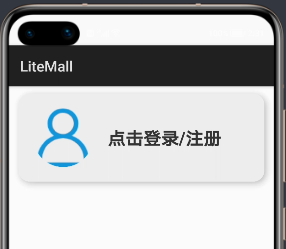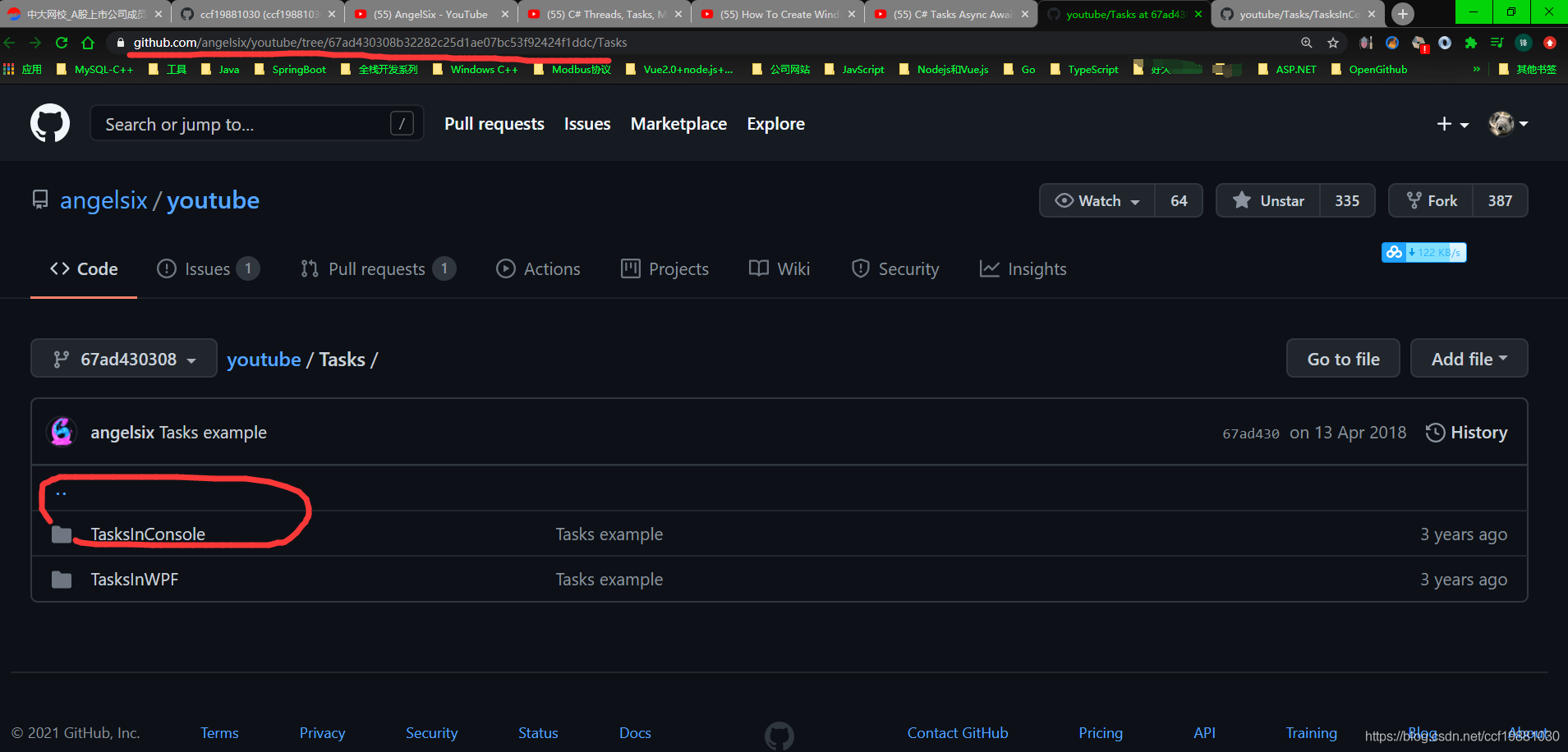I'm curious, what role does the int main function play in a Cocoa program? Virtually all of the sample code I've been looking at has only the following code in main.m:
#import <Cocoa/Cocoa.h>
int main(int argc, char *argv[])
{
return NSApplicationMain(argc, (const char **) argv);
}
What exactly is this doing, and where does the program actually start stepping through commands? It seems my conceptions need readjustment.
Since a Cocoa project starts like any other, the entry point for the Operating system is main. However the Cocoa Architecture is constructed to actually start the processing of your program from NSApplicationMain, which is responsible for loading the initial window from your application and starting up the Events loop used to process GUI events.
Apple has a very in depth discussion on this under the Cocoa Fundamentals Guide : The Core Application Architecture on Mac OS X
If you want to learn how control passes from "launch this" to the main() function, the execve man page has the details. You would also want to read about dyld. main() is a part of the Unix standard. Every single program that you can run effectively has a main().
As others have mentioned, NSApplicationMain passes control to Cocoa. The documentation is quite specific as to what it does.
One interesting note, NSApplicationMain doesn't actually every return. That is, if you were to separate the call to NSApplicationMain from the return in your main function and put code in between, that code would never be executed.
main() is the entry point for your program.
When you run your program that is the first function called. Your program ends when you exit that function.
Also note that this does not come from Objective-C. This is simple C.
Have a look at
Wikipedia's page on it
Value returned from main is returned by the process to operating system when the process is done.
Shell stores the value returned by last process and you can get it back with $? :
> ls
a b c
> echo $?
0
> ls x
x: No such file or directory
> echo $?
1
ls is an application like anything else.
You can use the return value to chain multiple processes together using shell script or anything else that can execute a process and check for return value.
I'm wondering where the code begins
executing (like why does an NSView
subclass execute and draw without me
explicitly calling it?) and if I'm not
supposed to stick my main loop in int
main() where does it go?
In an xcode project you have a main.m file that contains the 'int main' function. You won't actually find the code that calls the NSView draw explicitly, this code is hidden deep within an iPhone or Mac OS X framework. Just know that there is an event loop hidden deep within your 'int main' that checks for changes so that it knows when to update your view. You don't need to know where this event loop is, it's not useful information since you can override methods or create and assign delegates that can do things when this happens.
To get a better answer, you'll need to explain what you mean by a 'main loop' that you wanted to put inside the 'int main' function.
It's just weird to me coming off a
little experience in C++. It looks
unnatural that the main function would
be so empty.
You can encapsulate a billion lines of code into one function and put it into 'int main'. Don't be deceived by a main only having a few lines, that is done on purpose. Good programming teaches us to keep code in specific containers so that it is well organized. Apple chose to make the "real" launch point of their iPhone apps in this single line of code inside the main.m file:
int retVal = UIApplicationMain(argc, argv, nil, @"SillyAppDelegate");
From that one piece of code, an app's delegate is launched and won't return control to the main function until it is done.




